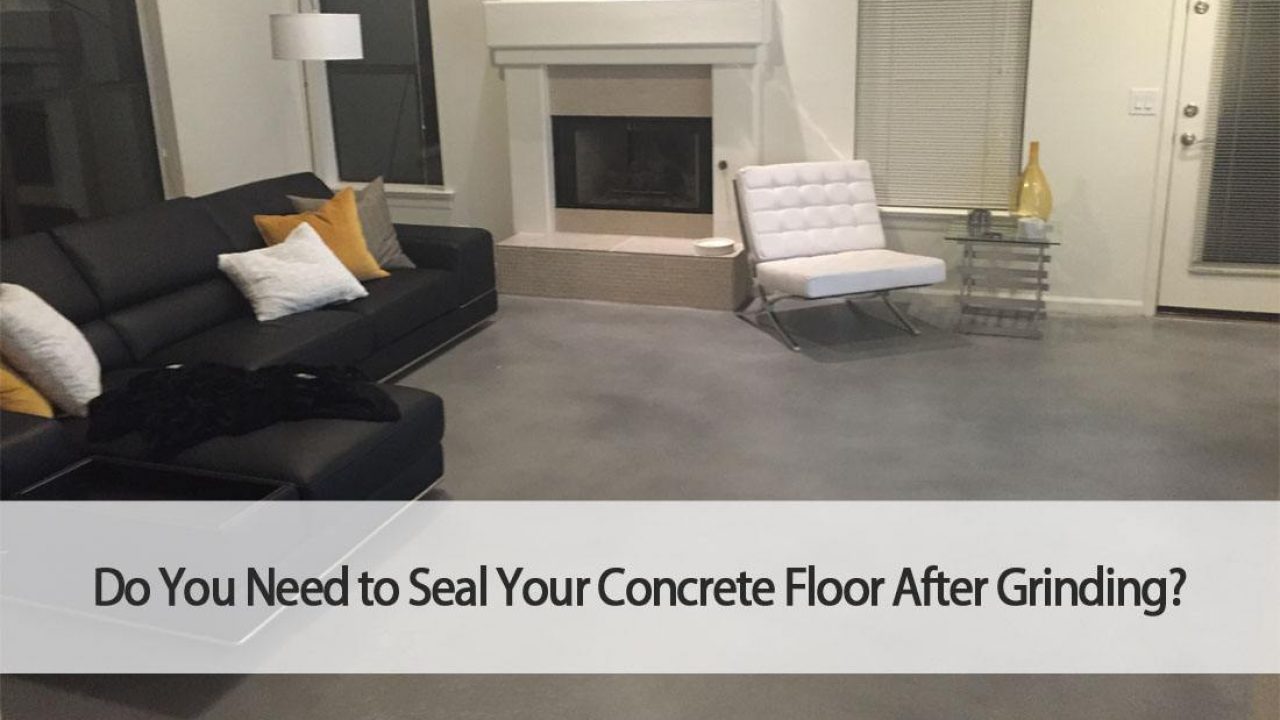Do You Need To Seal Concrete Floor Before Tiling

Use grout to fill in the cracks between the tiles.
Do you need to seal concrete floor before tiling. Any tile installation can fail from a lack of using a tile adhesive primer. If you want to seal over concrete floors that already have a seal try a polyurethane sealer. If your concrete is new you ll need to let it cure wait at least one month before applying sealer. The next step is to apply a concrete sealer on the floor surface.
With just a little extra work you can seal your concrete floor and. A concrete sealer prevents moisture from staying underneath the ceramic tiles. Typically you wouldn t seal a slab prior to tiling but in this case and using this product it would be recommended. After laying all the tile over the surface of the concrete slab allow the tile to rest for 24 hours before finishing the tile.
Apply the grout and wipe off the excess grout with a damp or wet sponge. It will also provide a stronger adhesion between mortar and concrete. Thanks for the reply i saw that later in the thread you recommended to another guy that sealing in moisture wasn t a good idea which is what i also thought. To seal concrete floors use an epoxy sealer if you want something durable that comes in a variety of colors.
Sealer needs to be applied in dry conditions because it won t adhere to damp concrete. A concrete floor should be sealed to protect against moisture but the sealer can interfere with the tile adhering to the floor. How to seal a concrete floor for tiling. Step 2 seal the concrete.
The temperature also needs to stay above 50 f during application and drying time up to three days. Use reputable flexible adhesive for tiling on screeds and concrete and as per the manufacturers specifications do not use pva but a latex based primer if the concrete surface is shedding dusty fine particles after drying. Once traffic starts walking over it those stresses start moving the tiles and eventually they pop off the floor and get loose. Concrete contracts and expands at a different rate from the thinset mortar used to install tiles.
This is an optional step but can really benefit your tile installation in the long run. For indoor concrete floors that won t be exposed to oil or grease use an acrylic sealer which is easy to apply. The thinset that was applied to glue down the tiles has been applied over a dirty surface and instead of adhering to the substrate it adhered to the dust and oils sitting on top of it.














































